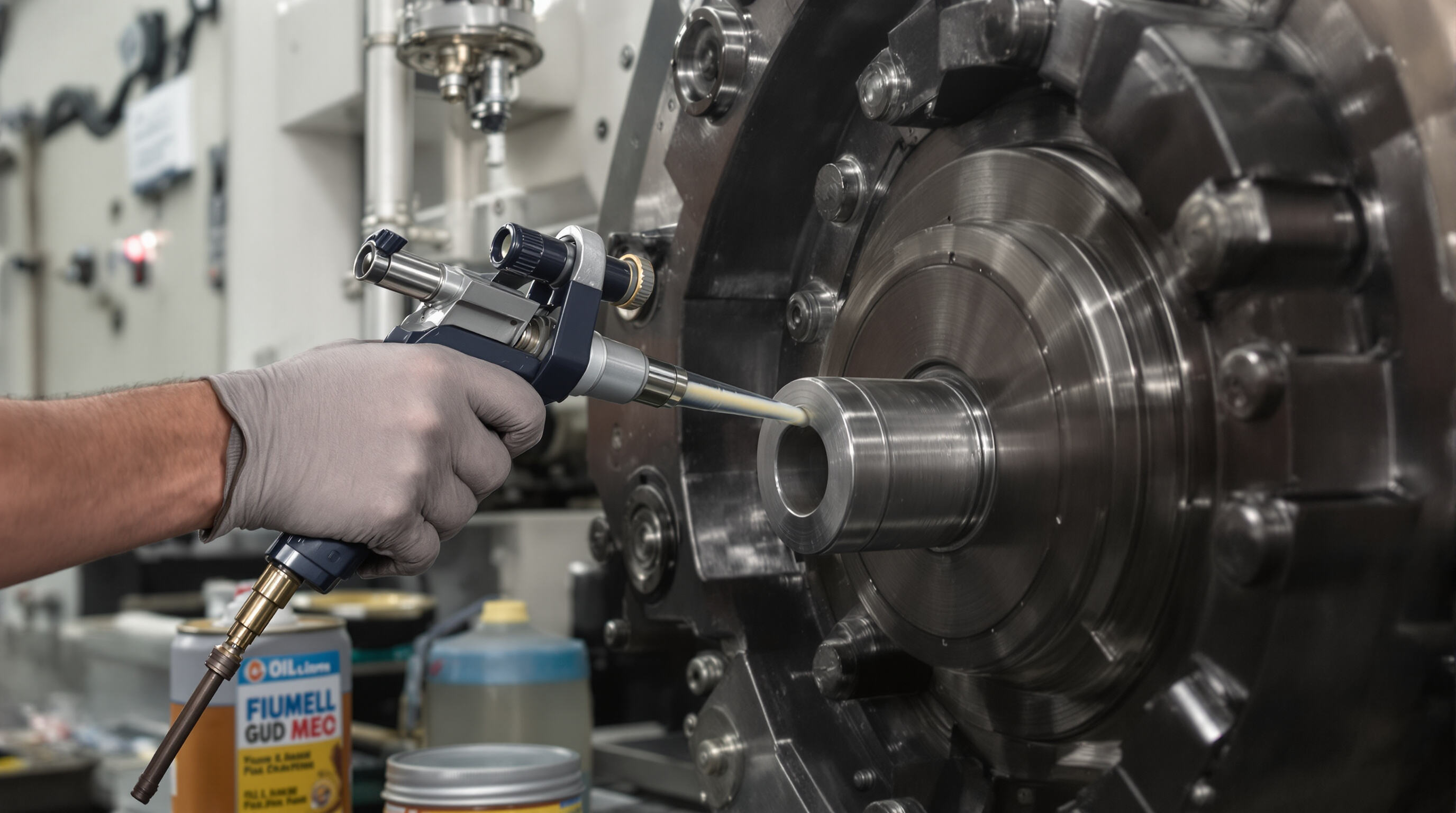Understanding the Swing Screen Machine: Core Components and Their Role in Performance

Key components of the Swing Screen Machine impacting performance
The Swing Screen Machine's operational efficiency hinges on three critical systems:
- Drive mechanism: Converts rotational energy into horizontal planar vibrations through an eccentric wheel and belt system
- Screen body: Engineered for low-frequency (4-12 Hz), large-amplitude motion that enables elliptical material flow patterns
- Material handling assembly: Includes wear-resistant screen media and precisely angled discharge chutes
Proper synchronization of these components achieves 20-35% higher throughput compared to mismatched systems, according to vibration analysis studies (2024 Industrial Screening Report).
How component integration affects equipment reliability and prevents downtime
The machine's horizontal planar vibrations create a self-cleaning action that reduces material buildup by 40-60% in sticky applications. When the eccentric drive system, screen tensioning hardware, and damping mounts work in unison:
- Bearing loads decrease by 18-22%
- Structural fatigue cracks are 85% less likely to develop
- Screen media lifespan extends by 30%
The importance of using manufacturer-recommended parts for system integrity
OEM-specified components maintain precise vibration harmonics critical for:
| Factor | Non-OEM Parts | OEM Parts |
|---|---|---|
| Vibration Sync | ±15% variance | ±2% variance |
| Mesh Alignment | 72% retention | 98% retention |
| Downtime Frequency | 22 hrs/month | <4 hrs/month |
Field data shows equipment using manufacturer-recommended parts requires 35% fewer unplanned maintenance interventions annually while delivering 30% longer service life between major overhauls.
Establishing a Preventative Maintenance Schedule for Maximum Uptime
Designing a proactive maintenance plan tailored to Swing Screen Machine operations
To create a good maintenance plan, look at how things actually work on site. Think about stuff like how abrasive the materials are, how much gets processed through the system each day, and what kind of environment the equipment sits in. When dealing with really tough industrial settings where machines are pushed hard day after day, it makes sense to check those drive systems every other week. And don't forget to do a full structural check once a month too. Most manufacturers have their own specs about torque settings and how tight everything needs to be aligned. But these numbers aren't set in stone. Adjust them based on real world conditions. Some sites deal with extreme heat or cold that can warp metal over time. Others handle materials that eat away at components faster than normal. These factors should definitely influence how often things get looked at and maintained properly.
Recommended frequency and scope for inspecting vibrating screen components
Implement a tiered inspection protocol:
| Component | Inspection Frequency | Key Checks |
|---|---|---|
| Screen Media | Daily | Tension levels, wear patterns |
| Drive Motors | Weekly | Vibration analysis, temperature |
| Spring Assemblies | Monthly | Corrosion, fatigue cracks |
| Seals & Gaskets | Quarterly | Leak detection, compression integrity |
Base adjustments on operational data showing 78% of premature failures originate from neglected drive components (Industrial Maintenance Report 2024).
Using maintenance checklists to ensure consistency and compliance
Standardize procedures with digital checklists covering:
- Pre-shift visual inspections for loose bolts or material buildup
- Lubrication verification for all bearing points
- Vibration threshold documentation
- Safety interlock functionality tests
This approach reduces human error by 45% compared to ad-hoc methods.
Case Study: Reducing downtime through consistent preventative maintenance
The XYZ mineral processing facility started using regular maintenance schedules for their screening machines back in early 2022. Within just over a year and a half, they saw something remarkable happen - unplanned downtime dropped by almost two thirds. The secret? Replacing those worn out parts when there was actually time to do it, not waiting until something breaks down mid-shift. They also kept careful records on how long each component lasted before needing replacement. As a result, the screens themselves lasted about 30 percent longer between replacements. And despite all this extra work, the plant still managed to stay running at around 98% of the time. Makes sense really, because proper maintenance doesn't just save money on repairs, it keeps production flowing smoothly day after day.
Routine Inspection and Early Wear Detection to Prevent Costly Failures
Inspecting seals and preventing leaks in critical joints
Keeping those seals in good shape stops hydraulic leaks that really mess with how well Swing Screen Machines work. Every day, go through all the joints looking for any sign of fluid buildup or cracks. Run fingers over them too since sometimes problems aren't always obvious just by sight. Don't wait around when seals start showing wear and tear. Putting off replacements opens the door for dirt and debris to get inside, which wears down parts way faster than normal. Plants that stick with regular seal inspections tend to see about 30 percent fewer issues with their hydraulics overall, based on what maintenance folks across the industry are reporting these days.
Identifying early signs of wear in screen media and supporting hardware
Monitor screen panels and support structures for these critical indicators:
- Screen media: Thinning wires, material buildup at edges, or distorted openings
- Hardware: Stress fractures near mounting points, loose fasteners, or abnormal vibration patterns Document findings in maintenance logs to track degradation rates. Early detection allows planned replacements during scheduled downtime, avoiding catastrophic failures. Research shows proactive part replacement reduces repair costs by up to 80% compared to emergency fixes.
How environmental conditions impact Swing Screen Machine longevity
Environmental factors significantly accelerate wear patterns:
| Factor | Effect | Mitigation Strategy |
|---|---|---|
| Abrasive dust | Accelerated screen media erosion | Install dust shields; increase cleaning frequency |
| High moisture | Corrosion of structural steel | Apply protective coatings; store indoors |
| Temperature swings | Seal brittleness/leakage | Use temperature-rated lubricants |
Adjust inspection frequency based on operating conditions—extreme environments may require twice-daily checks. Facilities in harsh climates that adapt maintenance protocols extend equipment lifespan by 40% on average.
Proper Lubrication and Bearing Maintenance for Reliable Operation

Best practices for lubricating moving parts in Swing Screen Machines
Use manufacturer-specified lubricants applied to pivot points, drive mechanisms, and vibration assemblies. Clean grease fittings before application to prevent contaminant injection. Implement purge-and-replace cycles during routine maintenance to remove degraded lubricants. For oil-lubricated systems, monitor viscosity monthly using simple drip tests.
Bearing maintenance: Greasing and oil change protocols to avoid failure
Adhere to scheduled regreasing intervals—typically every 500 operating hours for standard conditions. Completely drain old lubricant when changing oils, inspecting for metal particles indicating wear. Maintain bearing temperatures below 160°F (71°C) during operation through proper lubrication volume control.
Adjusting lubrication intervals based on operational load and environment
Increase frequency by 30-40% in high-dust environments or when processing abrasive materials. Reduce intervals during extreme temperature operations:
| Condition | Lubrication Adjustment |
|---|---|
| High dust | 25% more frequent |
| Heavy loads | 20% more frequent |
| Temperature >95°F (35°C) | 15% more frequent |
Over-greasing vs. under-greasing: Balancing protection and performance
Under-lubrication causes metal-on-metal contact, while excess grease increases internal pressure and heat buildup. Follow the "1/3 rule": Fill bearing cavities only to one-third capacity during regreasing. Monitor amperage draws during Swing Screen Machine operation—unusual spikes indicate lubrication imbalance.
Effective Cleaning and Contamination Control to Sustain Efficiency
Keeping the Swing Screen Machine Clean to Prevent Breakdowns and Maintain Throughput
Regular cleaning prevents residue buildup, which reduces friction in moving parts and maintains optimal material separation. Aggregates like sand or gravel can leave abrasive particles in joints and bearings if not removed, accelerating wear by up to 40%. Follow manufacturer-recommended protocols for:
- Post-shift surface wipe-downs
- High-pressure air blasts to dislodge trapped particles
- Monthly deep cleaning of screen media with non-corrosive solutions
This proactive approach minimizes unplanned downtime and ensures consistent throughput.
Removing Debris and Buildup to Protect Screen Media and Structural Components
Environmental contaminants—dust, moisture, or sticky materials—adhere to screen surfaces and structural frames, increasing strain on motors and decreasing screening efficiency. Inspect and clear:
| Component | Debris Type | Removal Method |
|---|---|---|
| Screen panels | Coated fines | Plastic scrapers |
| Vibrating frames | Dust clusters | Compressed air (80 psi) |
| Drive mechanisms | Hardened slurry | Solvent soaking (approved) |
Prioritize daily removal cycles for operations processing high-moisture or fibrous materials to prevent corrosion and premature fatigue cracks.
Frequently Asked Questions (FAQ)
What are the key components of the Swing Screen Machine?
The key components are the drive mechanism, screen body, and material handling assembly. These components are essential for converting rotational energy into vibrations, enabling elliptical material flow, and ensuring durable material handling.
How can component integration enhance the reliability of Swing Screen Machines?
When the components like the drive system, screen tensioning hardware, and damping mounts work together seamlessly, they decrease bearing loads and the likelihood of structural fatigue cracks, leading to extended screen media lifespan.
Why is preventative maintenance important?
Preventative maintenance schedules help reduce unplanned downtime by ensuring timely replacement of worn-out parts, maintaining structural integrity, and optimizing machine performance.
How do environmental conditions affect the Swing Screen Machine?
Abrasive dust, high moisture, and temperature swings can accelerate wear on screen media and structural components. Mitigation strategies include dust shields, protective coatings, and using temperature-rated lubricants.
What are best practices for lubricating the Swing Screen Machine?
Use manufacturer-specified lubricants, clean grease fittings before application, implement purge-and-replace cycles, and adhere to scheduled lubrication intervals based on conditions and load.
Table of Contents
- Understanding the Swing Screen Machine: Core Components and Their Role in Performance
- Establishing a Preventative Maintenance Schedule for Maximum Uptime
- Routine Inspection and Early Wear Detection to Prevent Costly Failures
- Proper Lubrication and Bearing Maintenance for Reliable Operation
- Effective Cleaning and Contamination Control to Sustain Efficiency
-
Frequently Asked Questions (FAQ)
- What are the key components of the Swing Screen Machine?
- How can component integration enhance the reliability of Swing Screen Machines?
- Why is preventative maintenance important?
- How do environmental conditions affect the Swing Screen Machine?
- What are best practices for lubricating the Swing Screen Machine?

